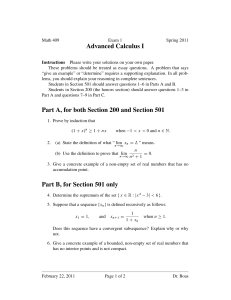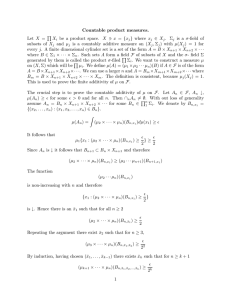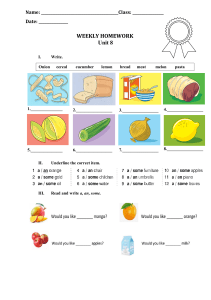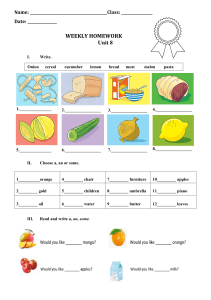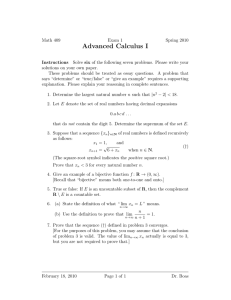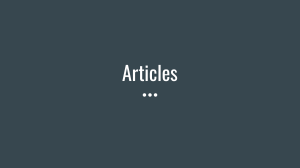Real Analysis II Tutorial: Countable Sets, Open Sets, and More
advertisement
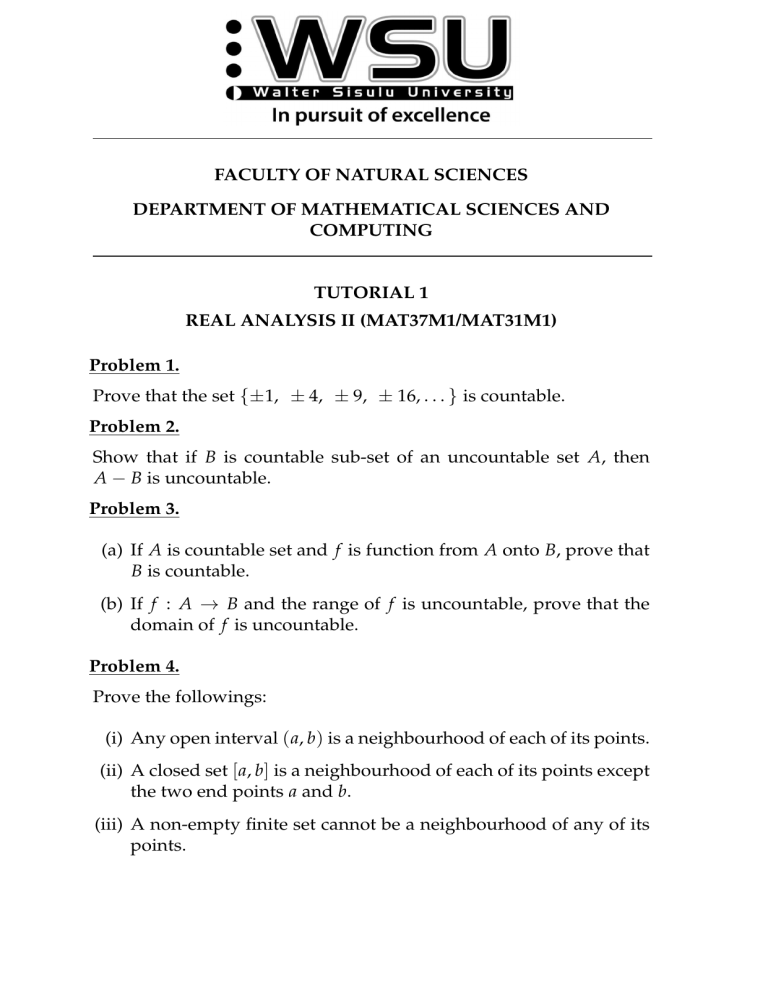
FACULTY OF NATURAL SCIENCES
DEPARTMENT OF MATHEMATICAL SCIENCES AND
COMPUTING
TUTORIAL 1
REAL ANALYSIS II (MAT37M1/MAT31M1)
Problem 1.
Prove that the set {±1, ± 4, ± 9, ± 16, . . . } is countable.
Problem 2.
Show that if B is countable sub-set of an uncountable set A, then
A − B is uncountable.
Problem 3.
(a) If A is countable set and f is function from A onto B, prove that
B is countable.
(b) If f : A → B and the range of f is uncountable, prove that the
domain of f is uncountable.
Problem 4.
Prove the followings:
(i) Any open interval ( a, b) is a neighbourhood of each of its points.
(ii) A closed set [ a, b] is a neighbourhood of each of its points except
the two end points a and b.
(iii) A non-empty finite set cannot be a neighbourhood of any of its
points.
REAL ANALYSIS II (MAT37M1/MAT31M1)
2022
(iv) The set Q′ of all irrational numbers is not a neighbourhood of
any of its points.
(v) If M and N are neighbourhoods of a point x, then M ∩ N is also
a neighbourhood of x.
Problem 5.
Show that the derived set of any bounded set is also a bounded set.
Problem 6.
Give example of each of the following : (Justifying your answer)
(i) a bounded set having no limit point
(ii) a bounded set having limit points
(iii) an unbounded set having no limit point
(iv) an unbounded set having limit points
(v) an infinite set having a finite number of limit points.
Problem 7.
Prove the followings:
(i) Every open set is a union of open intervals.
(ii) The set G = (−1, 0) ∪ (1, 2) is open.
(iii) The set N of natural numbers is a closed set.
(iv) A non-empty finite set is a closed set.
Problem 8.
Prove that the derived set of any set is closed.
Problem 9.
Page 2 of 3
REAL ANALYSIS II (MAT37M1/MAT31M1)
2022
(a) Show that the set S = 1, 12 , 13 , 14 , . . . is neither open nor closed.
(b) Which of the following sets are open? Give arguments in support of your answer.
(i) The set Q of rational numbers (ii) The interval [0, 2].
Problem 10.
Every open interval is an open set.
Problem 11.
Define the derived set S′ of a set S of real numbers. For an open set
G, show that
G ∩ S = ∅ ⇒ G ∩ S′ = ∅.
+ + ++ END OF THE TUTORIAL + + ++
Page 3 of 3
